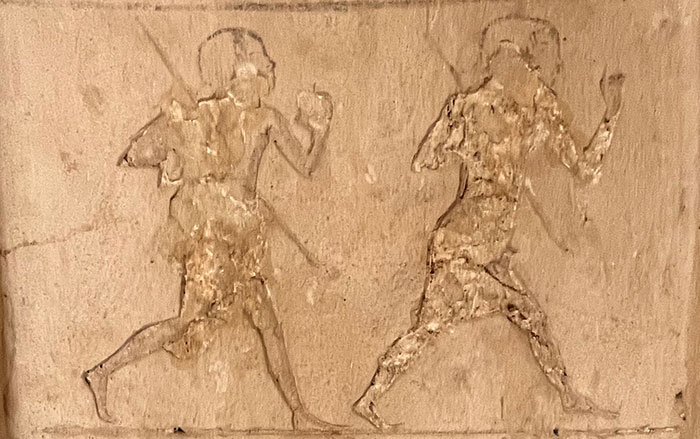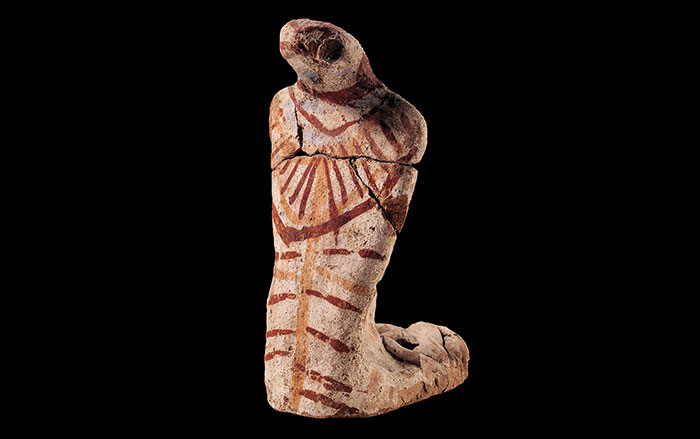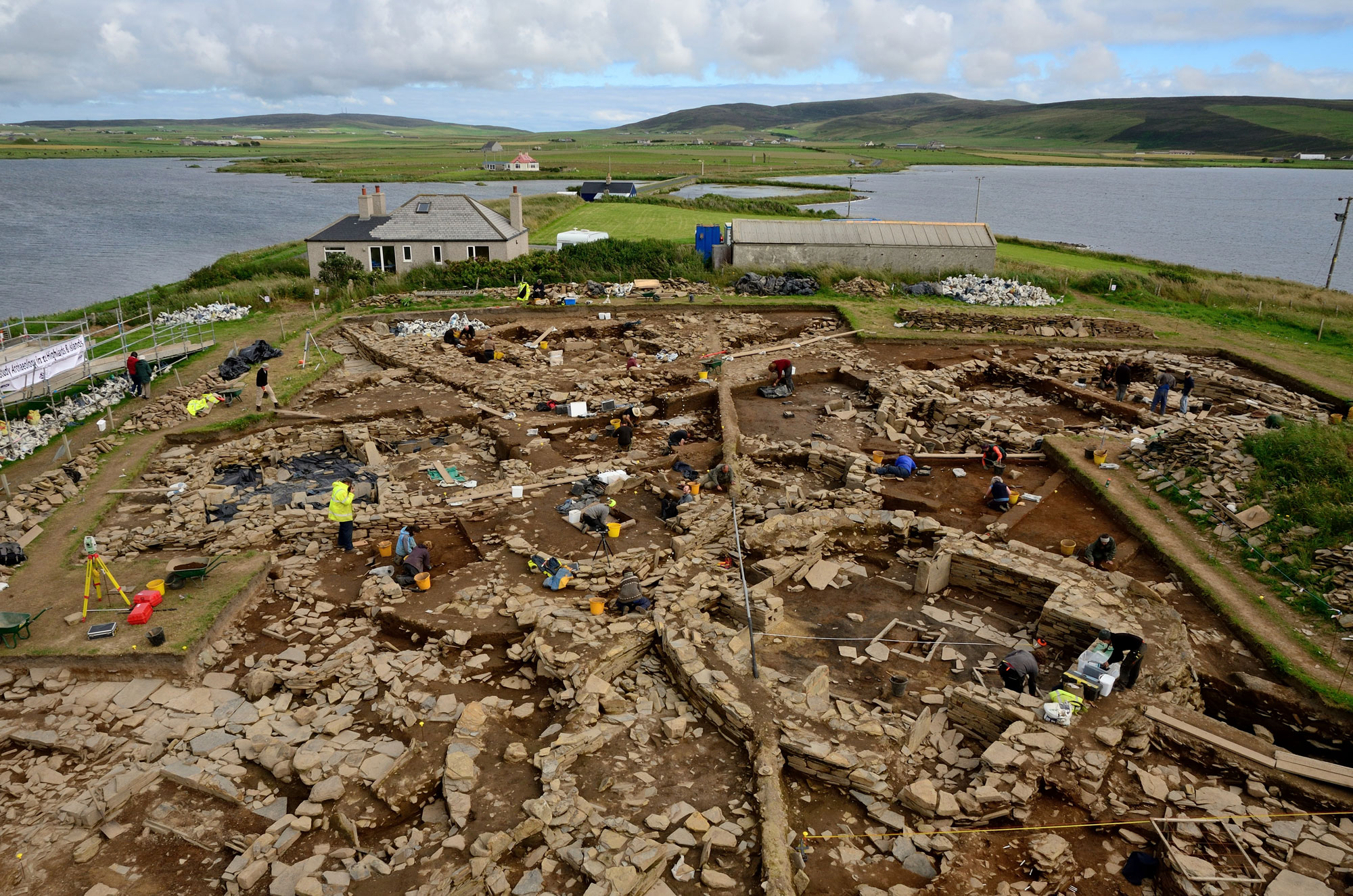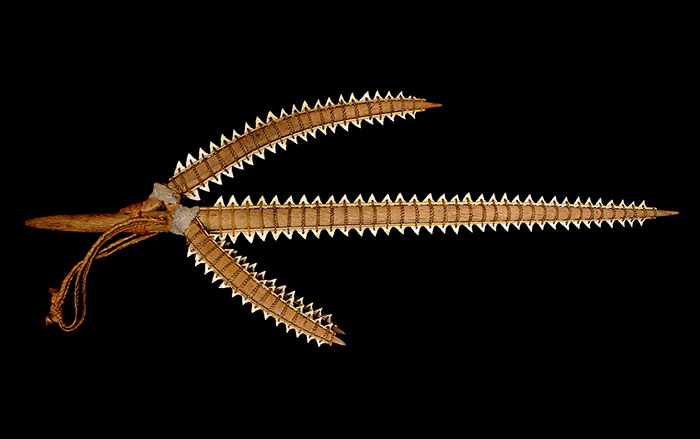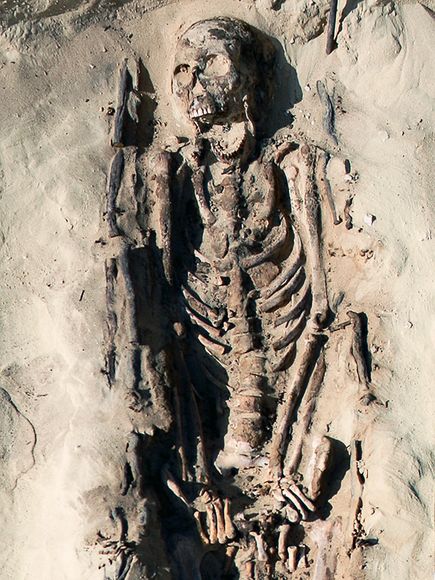
AMARNA, EGYPT—Analysis of remains from a cemetery at the city of Amarna is painting an unsettling picture of the reign of the famously monotheistic pharaoh Akhenaten. Sometime around 1350 B.C, Akhenaten rejected the traditional pantheon of Egyptian gods and moved his capital to Amarna, some 200 miles south of modern Cairo, where he established a religion dedicated to the worship of the sun god Aten. Art from the period depicts Amarna as an idyllic city of plenty, but the cemetery tells a different story. Remains of children show they were malnourished and engaged in an unsually high degree of physical activity. Adult skeletons show evidence of hard labor and numerous injuries. "We have evidence of the most stressed and disease-ridden of the ancient skeletons of Egypt that have been reported to date," says University of Arkansas bioarchaeologist Jerome Rose. "Amarna is the capital city of the Egyptian empire. There should be plenty of food. Something seems to be amiss."




